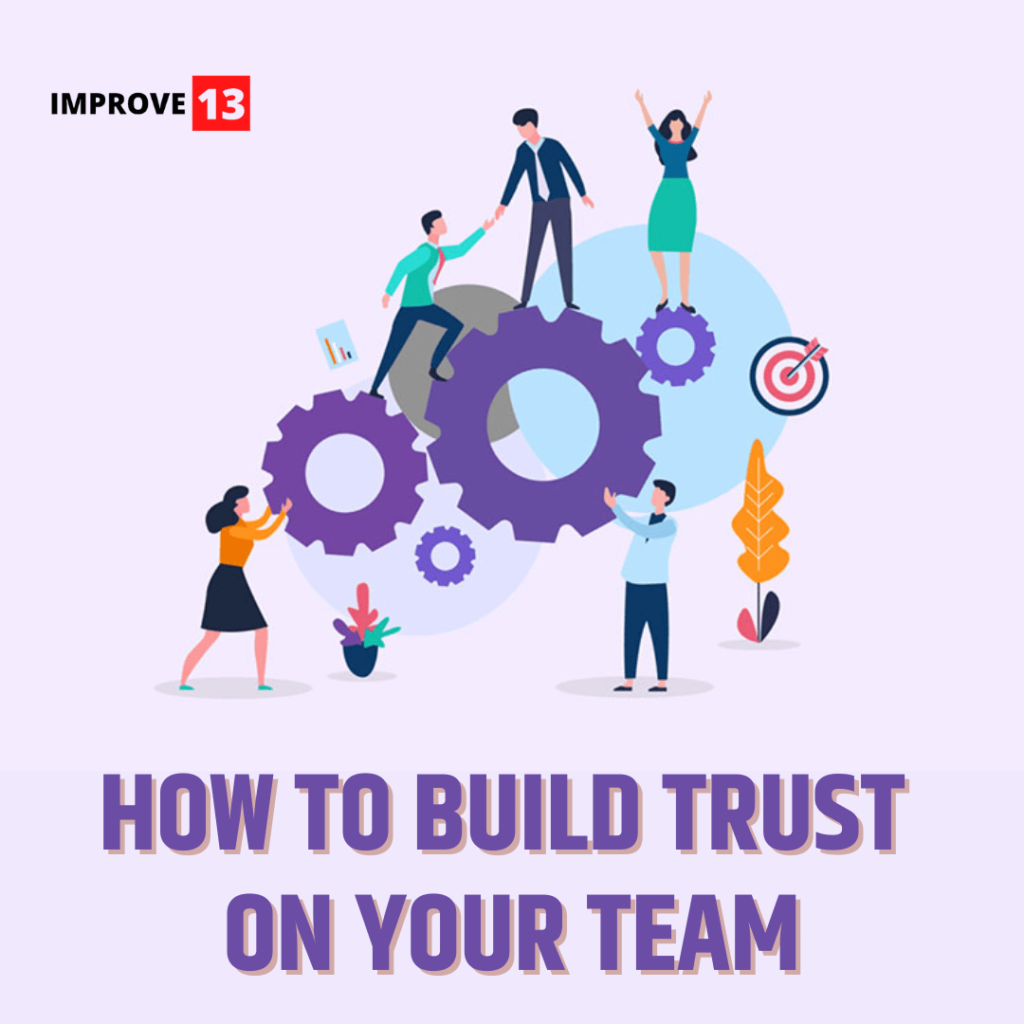Looking for Professional Resume Tips? This article will help.
Are you tirelessly applying for jobs but not receiving any response?
Your resume could be the culprit.
Tips for Crafting a Powerful Professional Resume
In the competitive job market, a compelling resume is the key to grabbing the attention of recruitment managers and securing interview opportunities. Your resume serves as your first impression, and if it fails to make an impact, it can significantly hinder your chances of getting noticed. In this article, we will explore the common reasons why your resume may be holding you back from receiving the desired responses from potential employers. Get ready to discover valuable insights and actionable tips to revamp your resume and increase your chances of landing that dream job.
Start with a Strong Heading
The heading of your resume serves as its first impression. It should be clear, concise, and impactful, instantly conveying your professional identity. Include your name, contact information, and a professional title that aligns with the job you’re applying for.
Tailor Your Resume to the Job
Gone are the days when one resume was used to apply for all job opportunities. It’s necessary to read the job description and alter your resume accordingly while applying. Customise your resume to the specific job you’re applying for by highlighting relevant skills, experiences, and qualifications. Carefully read the job description and match your resume to the requirements and keywords mentioned.
Highlight Key Skills and Achievements
Make sure to highlight your key skills and achievements prominently in your resume. Include a dedicated section that showcases your relevant strengths and accomplishments. This will help the recruiter quickly identify your value and suitability for the role.
Also Read: 7 Proven Strategies to Achieve Goals Even When Motivation Fades
Use Action Verbs
Power up your resume by using strong action verbs to describe your responsibilities and achievements. Verbs like “led,” “managed,” “implemented,” or “achieved” demonstrate your active role and impact in previous positions.
Quantify Your Achievements
Wherever possible, quantify your achievements with numbers and statistics. This adds credibility to your resume and provides concrete evidence of your contributions. For example, instead of stating “increased sales,” mention “increased sales by 20% within six months.”
Keep it Concise and Readable
Recruiters often have limited time to review each resume, so it’s essential to keep yours concise and easily readable. Use short paragraphs, bullet points, and clear headings to organize your information effectively. Avoid lengthy paragraphs or unnecessary details.
Utilize Keywords and Phrases
To pass through applicant tracking systems (ATS) and catch the attention of hiring managers, incorporate relevant keywords and phrases from the job description. This helps your resume align with the specific requirements of the role and increases your chances of being shortlisted.
Include a Professional Summary
A professional summary provides a snapshot of your qualifications and career objectives. It should be a concise paragraph that highlights your relevant skills and experiences, giving the reader a clear overview of your suitability for the position.
Focus on Education and Certifications
Depending on the job requirements, emphasize your educational background and relevant certifications. Include the degrees you’ve earned, the institutions you attended, and any specialized training or certifications that enhance your qualifications.
Incorporate Relevant Work Experience
Highlight your work experience, focusing on positions that are relevant to the job you’re applying for. Include job titles, company names, employment dates, and a brief description of your responsibilities and achievements in each role.
Use Bulleted Lists
To improve readability and make your resume scannable, use bullet points to present information concisely. Use short phrases or sentences to highlight key responsibilities, skills, and accomplishments.
Proofread and Edit
Before submitting your resume, carefully proofread and edit it to ensure it’s free from grammatical errors, typos, and inconsistencies. Read it multiple times, and consider seeking a second pair of eyes to catch any mistakes you may have missed.
Consider Design and Visual Appeal
While content is crucial, the design and visual appeal of your resume also matter. Use an organized and professional layout, choose an appropriate font, and use consistent formatting throughout. However, avoid excessive graphics or complicated designs that may distract from the content.
Conclusion
Crafting a professional resume requires careful attention to detail, customization, and a focus on highlighting your strengths. By following these ten tips, you can create a resume that stands out from the competition and increases your chances of landing your desired job.
FAQs
How long should a resume be?
Resumes are generally recommended to be one to two pages long, depending on the extent of your experience and qualifications. However, it’s crucial to prioritize relevant information and keep the content concise.
Should I include references on my resume?
It’s not necessary to include references on your resume. Instead, have a separate list of references ready, and if requested, provide it when asked during the interview process.
Is it necessary to include a cover letter?
While not always mandatory, a well-crafted cover letter can complement your resume and provide additional context and personalization. It’s advisable to include a cover letter unless explicitly instructed otherwise.
What if I have limited work experience?
If you have limited work experience, focus on highlighting relevant skills, internships, volunteer work, or academic projects that demonstrate your abilities and commitment.
Can I use a template for my resume?
Using a resume template can be a helpful starting point, but ensure you customize it to reflect your unique qualifications and the specific job you’re applying for. Avoid using generic templates without personalization.



